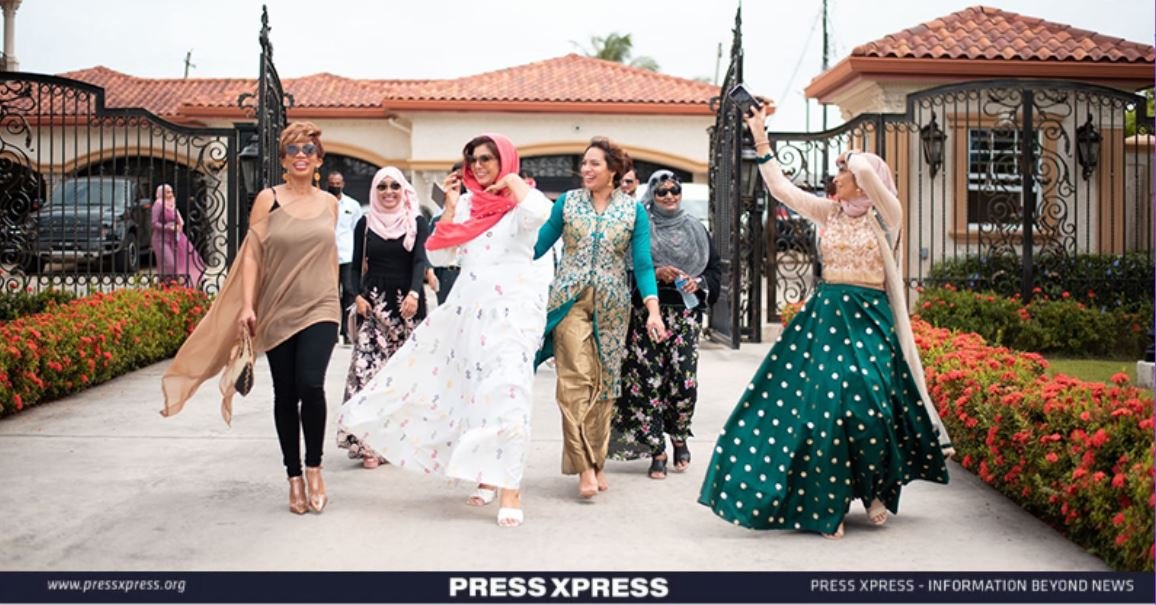Gender-neutral attire gains global prominence, with jewel tones like emerald and royal blue, accented by metallics, alongside modern digital prints, reflecting a seamless evolution of Eid fashion amidst cultural richness and global influences
As Ramadan draws to a close, Muslims worldwide are gearing up for their annual festivities of Eid-ul-Fitr. This significant occasion signifies the conclusion of Ramadan and the commencement of the new moon sighting of Shawwal.
Eid holds great importance for many Muslims who take delight in adorning themselves in their finest attire, exuding a sense of elegance and fragrance, as they gather with loved ones and acquaintances. The day typically begins with the Eid prayers held in the morning.
Evolving Eid Fashion Concepts Around the Globe
Eid fashion worldwide reflects a canvass of cultural traditions, regional styles, and personal tastes, epitomizing the significance of Eid al-Fitr and Eid al-Adha in Muslim communities. Combining traditional garb with contemporary flair, global trends reveal a surge in modest fashion, tailored to diverse sensibilities. Social media platforms serve as catalysts, amplifying influencers’ styles and guiding fashion choices. In 2024, Eid fashion embraces sustainability, favoring eco-friendly fabrics and ethical practices. Minimalist designs adorned with intricate embroidery strike a balance of simplicity and sophistication.
You can also read: First Single-Cell Genomics Data Generated
Gender-neutral attire gains prominence, aligning with global trends. Jewel tones like emerald and royal blue dominate, complemented by metallic accents. Digital prints featuring geometric and floral motifs add a modern twist. Eid fashion epitomizes cultural richness, evolving seamlessly amidst global influences.
Overall, the 2024 Eid fashion trends showcase the sartorial trends, celebrating diversity and inclusivity while staying true to cultural roots. The concept of fashion for Eid, the Islamic holiday marking the end of Ramadan, varies greatly around the globe due to various reasons.
However, there are some overarching trends and themes that can be observed in the evolving fashion concept of Eid:
- Traditional Attire
- Modest Fashion
- Influence of Western Fashion
- Celebratory Elements
- Ethnic Diversity
- Social Media Influence
Each culture possesses its unique fashion aesthetic, which may also differ from individual to individual based on personal preferences. For instance, in Pakistan, both men and women commonly don the traditional attire of Shalwar Kameez. In Indonesia, women typically attire themselves in the Kebaya paired with the hijab known as Kerudung.
Conversely, in Western countries, Muslims hail from diverse cultural backgrounds, resulting in a myriad of styles. It’s common for individuals to adopt attire from different Muslim cultures, reflecting the rich diversity within the community.
Middle Eastern Countries
Traditional Eid dress in Middle Eastern countries varies depending on the specific country, culture, and personal preferences. However, there are some common themes and styles that are often seen across the region during Eid celebrations.
Thobe or Dishdasha, Abaya, Kaftan, Jalabiya, Thoub, Hijab, and Sherwani are just a few examples of traditional Eid dress in Middle Eastern countries, and there are many variations and regional styles beyond these. Additionally, modern fashion trends and personal preferences also influence what people choose to wear during Eid celebrations.

Many opt for vibrant colors and luxurious fabrics like silk and satin. In recent years, there has been a trend towards incorporating designer labels and haute couture into Eid fashion in these countries.
South Asian Countries (including India, Pakistan, Bangladesh)
Traditional Eid dress in South Asia, including countries like India, Pakistan, and Bangladesh, reflects the rich cultural heritage and diversity of the region. Here are some common traditional Eid outfits worn in these countries.
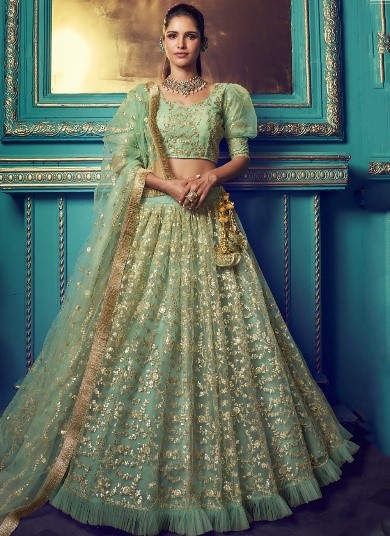
Shalwar Kameez, is the most common traditional outfit worn by women across South Asia. other than this, Anarkali Suit, Lehenga Choli, Saree, Punjabi Suit, and Sherwani for men are just a few examples of traditional Eid dress in South Asia, and there are many regional variations and styles within each country. Additionally, modern fashion trends often influence the designs and styles of traditional outfits worn during Eid celebrations.
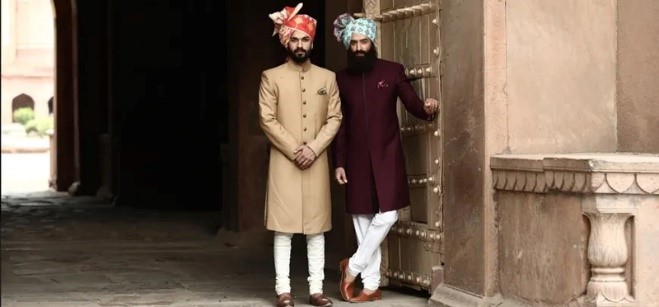
For men, traditional outfits like sherwanis, kurtas, and pajamas are common, often embellished with embroidery or intricate designs.
Women typically wear colorful traditional dresses adorned with intricate embroidery, sequins, and beads.
Mehndi (henna) designs are also popular among women, especially on their hands.
Southeast Asian Countries (including Indonesia, and Malaysia)
Traditional Eid dresses in Southeast Asia, particularly in countries like Indonesia and Malaysia, are often vibrant and culturally rich, reflecting the diversity and heritage of the region. Here are some common traditional Eid dresses from these countries-
Indonesia: Baju Kurung, Kebaya, Batik
Malaysia: Baju Melayu, Baju Kurung, Songket

These traditional Eid dresses in Southeast Asia are not only worn during religious festivities but also for weddings, cultural events, and formal occasions, reflecting the rich cultural heritage and diversity of the region.
Men and Women often wear traditional dresses, beautifully embroidered and often made from silk or brocade. Batik prints are commonly seen in both men’s and women’s attire.
North Africa
Traditional Eid dresses in North Africa vary depending on the specific country and cultural influences. Here are some general descriptions:
Djellabas and kaftans are popular choices for men, often made from lightweight fabrics suitable for the warm climate of north African countries like- Morocco, Algeria, Tunisia, Libya, Egypt etc.
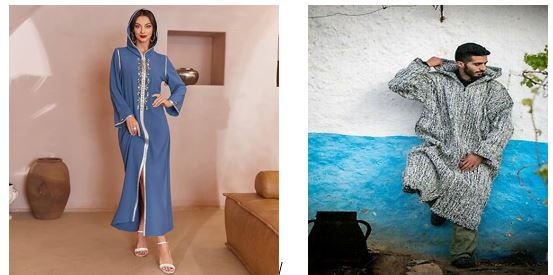
Women may wear colorful and intricately designed kaftans or djellabas, sometimes paired with elaborate headscarves or turbans.
Overall, traditional Eid dresses in North Africa reflect the region’s rich cultural heritage, featuring vibrant colors, intricate designs, and luxurious fabrics. They are often worn with pride during festive occasions like Eid celebrations.
Western Countries with Muslim Communities
Fashion choices during Eid in Western countries are often influenced by both cultural traditions and contemporary styles.
Many individuals opt for fusion wear, combining traditional attire with modern elements.
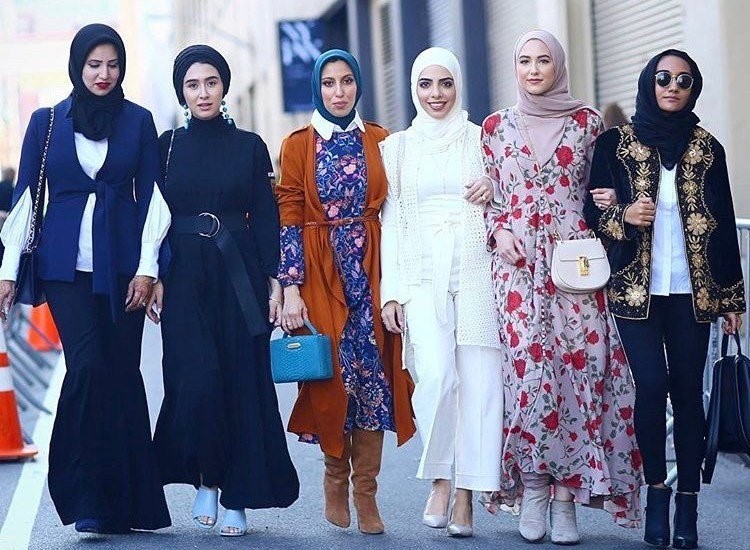
Modest fashion has become increasingly popular among Muslim communities in Western countries, especially for Eid celebrations. Modest dresses, skirts, and tops that adhere to Islamic principles of modesty while also reflecting current fashion trends are widely available from various retailers catering to Muslim consumers.
Summer Eid Fashion Tips
Eid al-Fitr coincides with summertime in many countries worldwide, setting the stage for trending summer fashion.
Here are some tips to ensure a joyous and healthy Eid celebration with loved ones:
- Lightweight Fabrics – Opt for breathable fabrics such as cotton, linen, and chambray. These materials allow air to circulate, keeping you cool and comfortable in hot weather.
- Bright Colors and Prints – Embrace the vibrant spirit of summer by incorporating bright colors and playful prints into your wardrobe. Think floral patterns, tropical motifs, and bold hues like coral, turquoise, and sunny yellow.
- Flowy Silhouettes – Choose flowy, loose-fitting clothing to allow for better air circulation and to avoid feeling overheated. Maxi dresses, A-line skirts, and wide-leg pants are great options for staying cool while maintaining a chic look.
- Light Layers – While it’s hot outside, indoor spaces like offices, malls, and restaurants may have air conditioning. Layering with lightweight pieces like cardigans, kimono jackets, or denim jackets allows you to adjust to fluctuating temperatures without sacrificing style.
- Breathable Footwear – Opt for open-toe sandals, espadrilles, or lightweight sneakers made from breathable materials to keep your feet cool and comfortable during the summer months.
- Hats and Sunglasses – Protect yourself from the sun’s rays by wearing a wide-brimmed hat and sunglasses. Not only do they shield your eyes and face from UV rays, but they also add a stylish finishing touch to your summer outfits.
- Accessorize Lightly – Keep accessories minimal and lightweight to avoid feeling weighed down in the heat. Opt for dainty jewelry, lightweight scarves, and small crossbody bags or backpacks to complete your look without adding unnecessary bulk.
- Stay Hydrated – Don’t forget to hydrate! Carry a reusable water bottle with you to stay cool and refreshed throughout the day.
- Sunscreen – Last but not least, protect your skin by applying sunscreen with a high SPF rating, especially if you’ll be spending extended time outdoors. Look for non-greasy formulas that won’t clog your pores or leave a residue on your skin.
By following these summer fashion tips, you can stay stylish, comfortable, and confident all day long and enjoy this summertime Eid!

